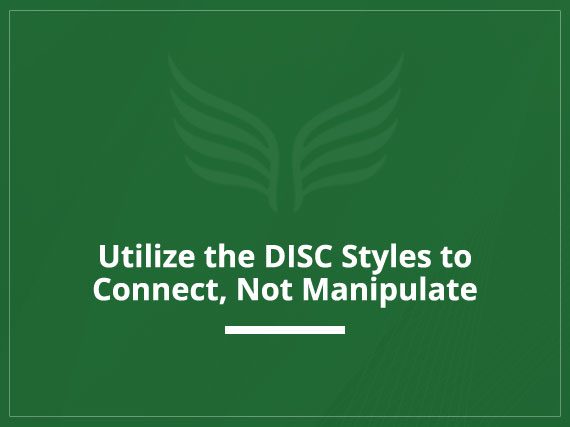2015 in Review: Year of the Personality
As 2015 has recently come to a close, our Facebook feeds are full of links to Top Ten lists and think pieces ruminating on the biggest buzzwords and trends of



Instead of applying the Golden Rule of treating others how you want to be treated, I suggest that people utilize what I refer to in Taking Flight! as The Home Rule: Treat others how they need to be treated, not how you need to be treated.
One of the questions that often arises when I share this typically goes like this, “Isn’t it manipulation to act like someone else to get my needs met?”
My answer is an emphatic, “Maybe.”
It depends on your intention. If you’re intention is to manipulate, then I’d have to agree that any attempt to trick or deceive is inherently manipulative. However, if the intention is grounded in connection and meeting the other person’s needs, there is no manipulation.
For example, a manager who is trying to deceive their staff into buying into a risky strategy is seeking to manipulate others. However, a big-picture D style manager who delegates work to a detail-oriented C and consciously provides all of the data regarding the logic of the decision and clear expectations of desired results is seeking to be helpful, not harmful. There is no manipulation, but rather an acknowledgement of the C’s needs and a proactive addressing of those needs.
Trainers often cite studies that have found that in a face-to-face interaction, only 7% of our message is communicated through our words, 38% is communicated through tone, and 55% through body language. Note that 7% of the message comes from what we say, while 93% comes from how we say it. I would add that the vibration of our intention is communicated through our words, tone, and body language. It’s our intention that creates an energetic feeling based on what they said and how they said it. When the intention is pure, the energy creates a connection. When the intention is manipulative, it creates separation. When we speak with genuine authenticity and apply The Home Rule, people sense our attempt at connection.
To take this one step further, another comment that I often hear is, “I would feel like I’m not being myself if I tried to act like someone else.” I would say that you are not betraying yourself if your intention is pure. You are not changing who you are, but rather adapting your behaviors in a given situation to satisfy the needs of someone else. The energy of that interaction is bound to be positive because your intention is to be helpful.
By applying The Home Rule with pure intentions, we create connection and build lasting relationships. So, the next time you find yourself interacting with someone whose DISC style is different from yours, try set your intention to be helpful and apply The Home Rule…and see what happens.
Please confirm you want to block this member.
You will no longer be able to:
Please allow a few minutes for this process to complete.